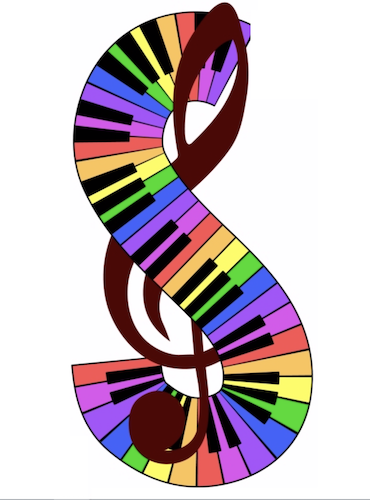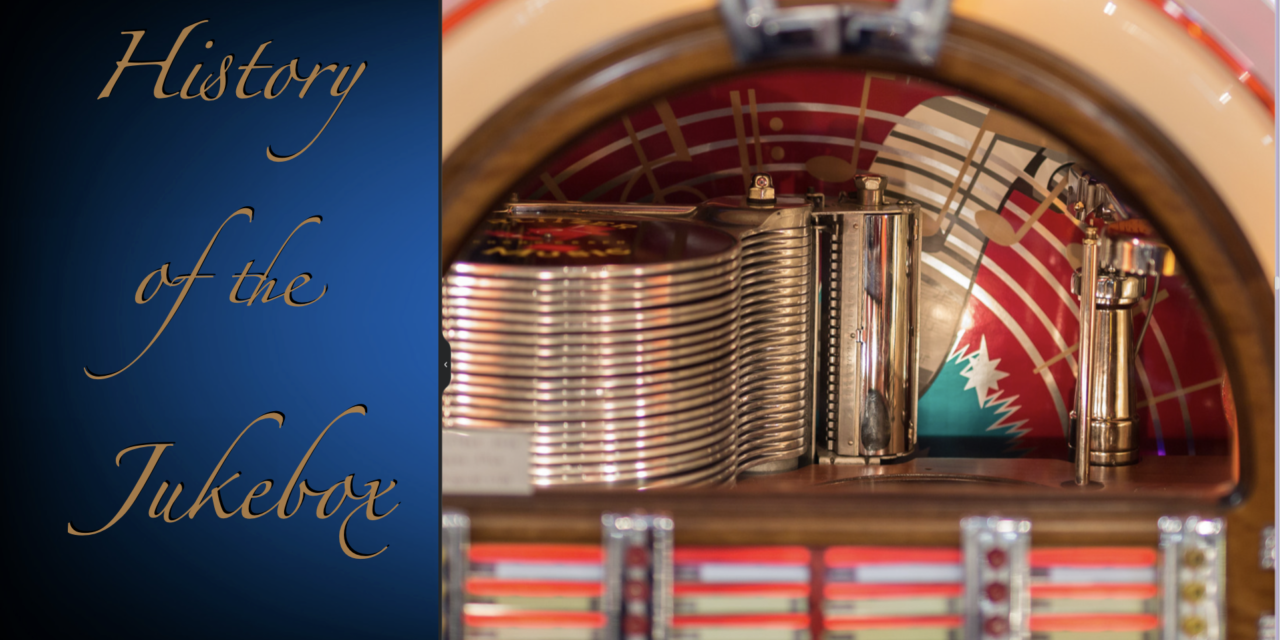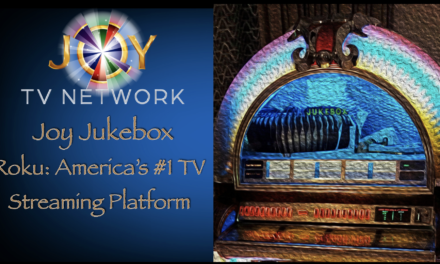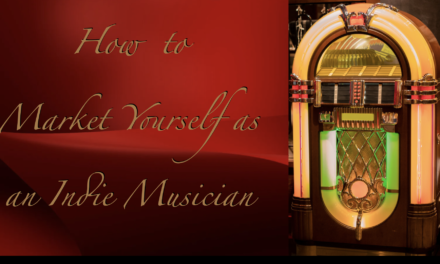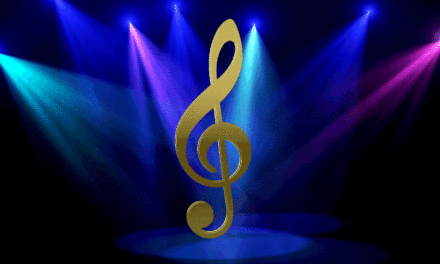History of the Jukebox
The history of jukeboxes is a fascinating journey that spans over a century, from their early beginnings as coin-operated phonographs to the digital, internet-connected machines we see today. Here’s a brief overview of the history of jukeboxes:
- Early Phonographs (Late 19th Century):
- The precursor to the jukebox was the coin-operated phonograph, invented by Louis Glass and William S. Arnold in 1889. It played cylindrical records.
- These early machines were not yet called “jukeboxes” and were mostly found in public places like bars and arcades.
- Coin-Operated Music Machines (Early 20th Century):
- The term “jukebox” is believed to have originated from the Gullah word “juke,” meaning disorderly or rowdy. Jukeboxes were often found in establishments with lively music and dancing.
- In the early 20th century, manufacturers started producing more reliable and versatile coin-operated music machines.
- The 78 RPM record format became popular for jukeboxes.
- The 1930s and 1940s:
- Jukeboxes gained widespread popularity during the Great Depression and the post-World War II era.
- Manufacturers like Wurlitzer, Seeburg, and Rock-Ola produced iconic jukebox models.
- The design of jukeboxes evolved, featuring colorful lights, chrome, and Art Deco styling.
- The 1950s and 1960s:
- This was the golden era of jukeboxes. They were a central part of the rock and roll culture.
- Jukeboxes transitioned to playing 45 RPM records, which were smaller and held a single song on each side.
- The jukebox industry saw innovations like automatic record changers and stereo sound.
- Decline and Revival:
- In the 1960s and 1970s, the popularity of jukeboxes declined as home audio systems and FM radio became more widespread.
- Jukeboxes evolved with the times, incorporating cassette tapes and even laser discs.
- A resurgence in interest in jukeboxes occurred in the 1980s, with collectors and enthusiasts preserving vintage models.
- Digital Jukeboxes (Late 20th Century and Beyond):
- The late 20th century saw the introduction of digital jukeboxes that replaced physical records with digital storage.
- CD jukeboxes became popular, allowing for a wider selection of songs.
- In the 21st century, internet-connected jukeboxes emerged, enabling users to access a vast library of music.
- Modern Jukeboxes:
- Today, jukeboxes have evolved into touch-screen, internet-connected machines that can stream music from various sources.
- Some modern jukeboxes also offer features like photo booths and video screens.
- The classic design elements of jukeboxes, including colorful lights and retro styling, continue to be popular.
Throughout their history, jukeboxes have been associated with social gatherings, dancing, and a love of music. While they have gone through significant technological changes, they remain a symbol of nostalgia and a source of entertainment in various settings, from bars and restaurants to homes and collector’s spaces.
About the Author
Joy Jukebox and Joy Home Show Producer, Publisher, and Peace Seeker, Jeanette Joy Fisher wants to help artists profit to prosperity so they join her in peace philanthropy. She has written multiple design and real estate books and is working on writing again after years of working on different projects.
